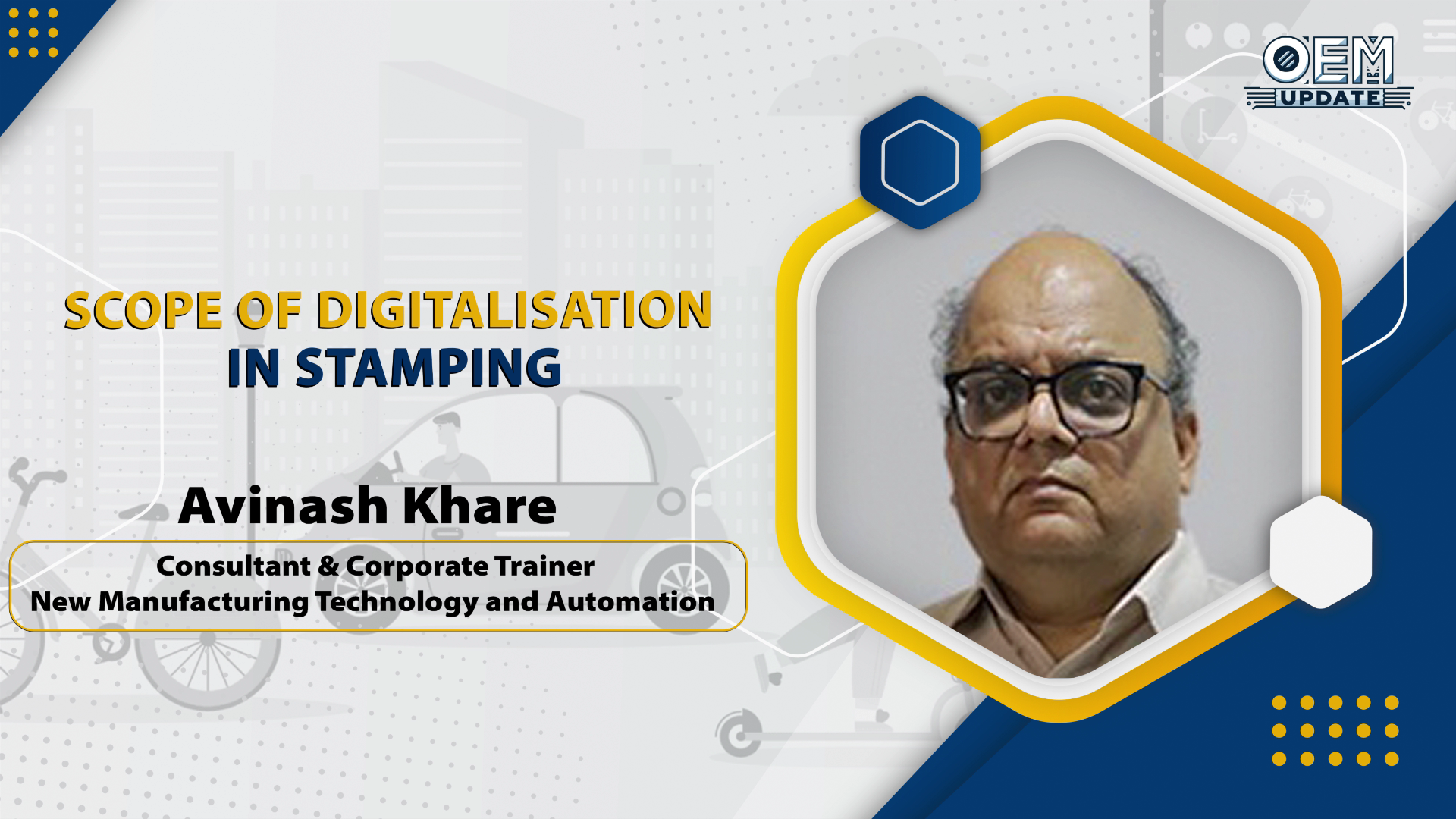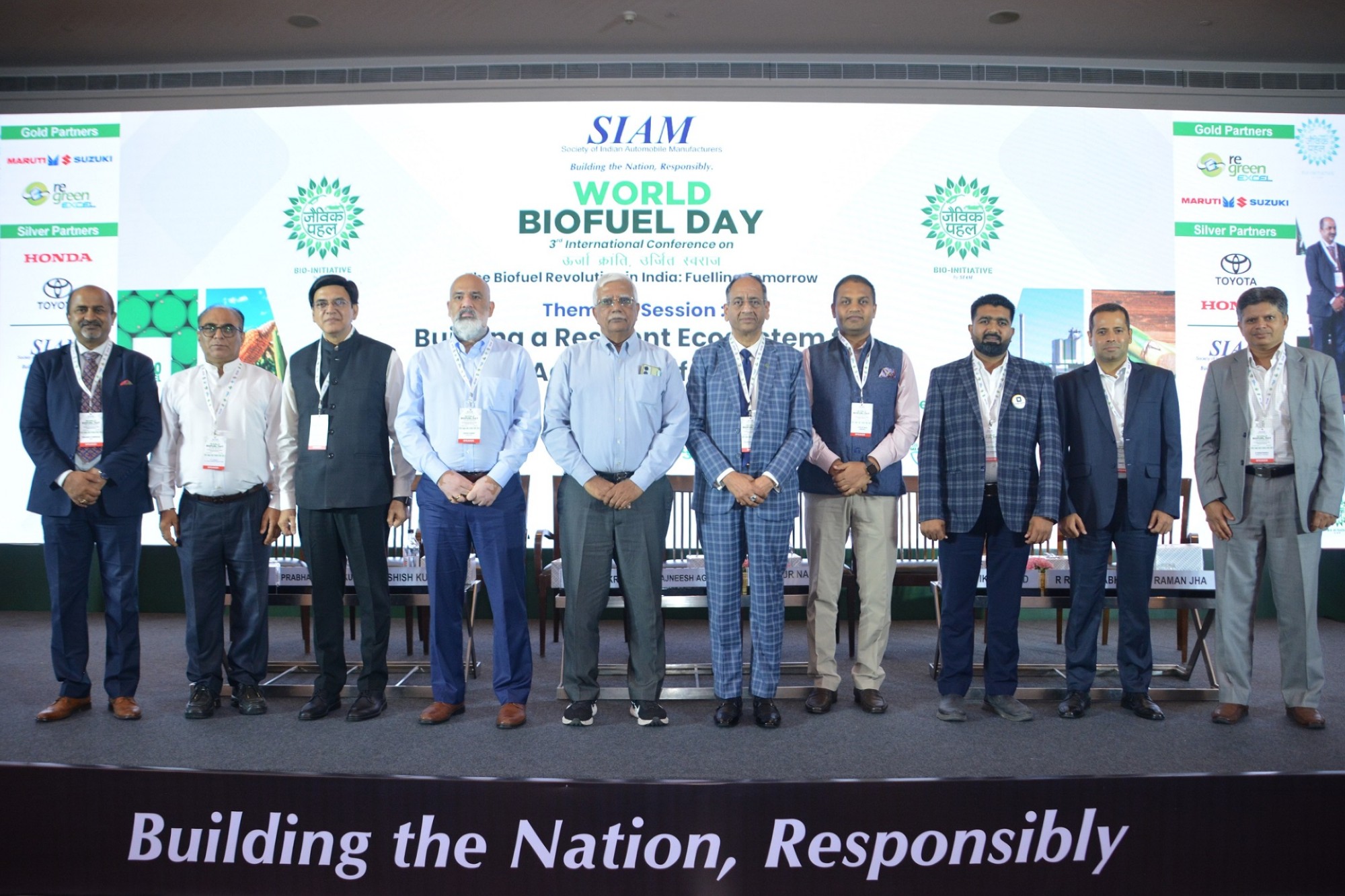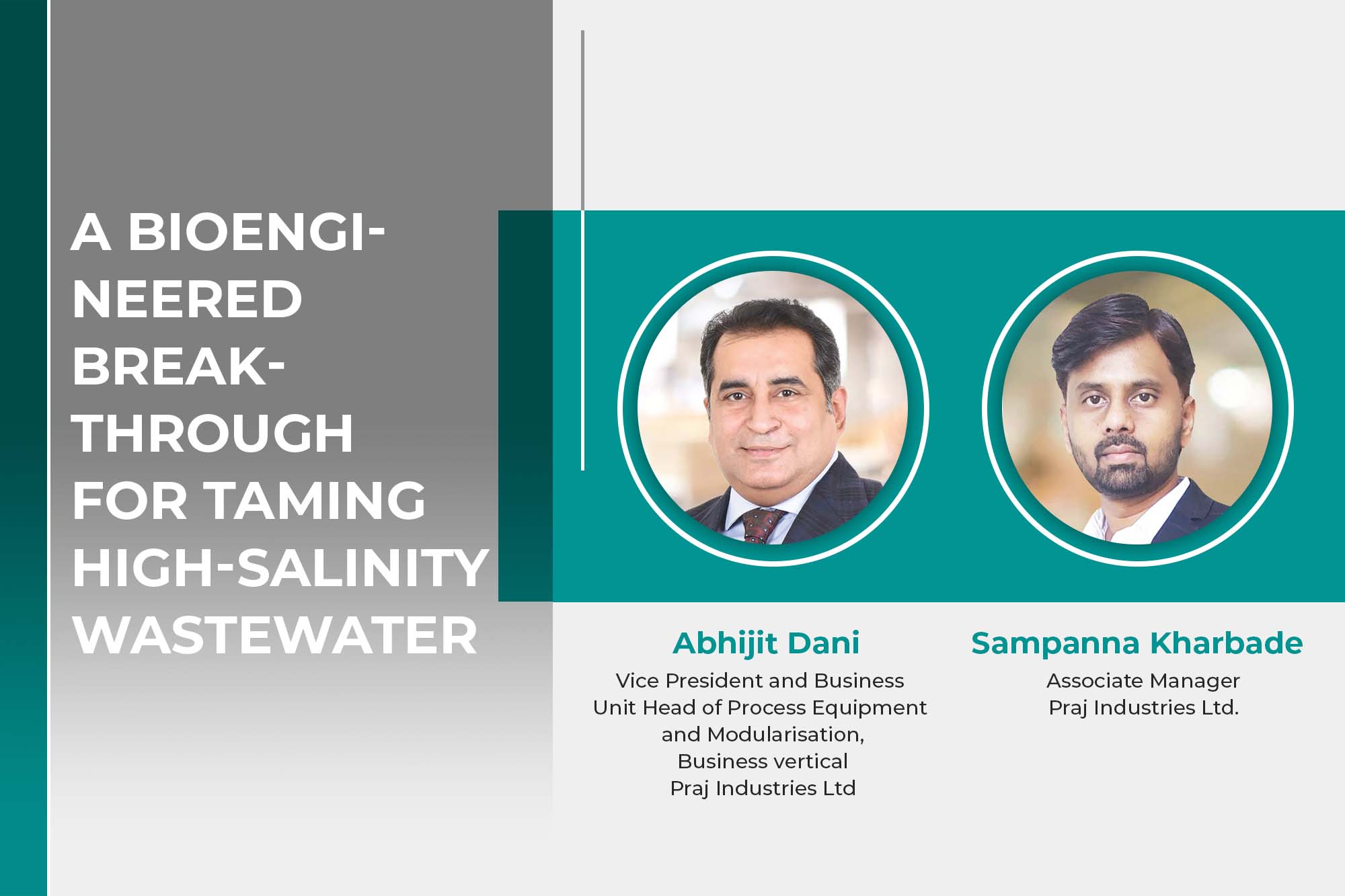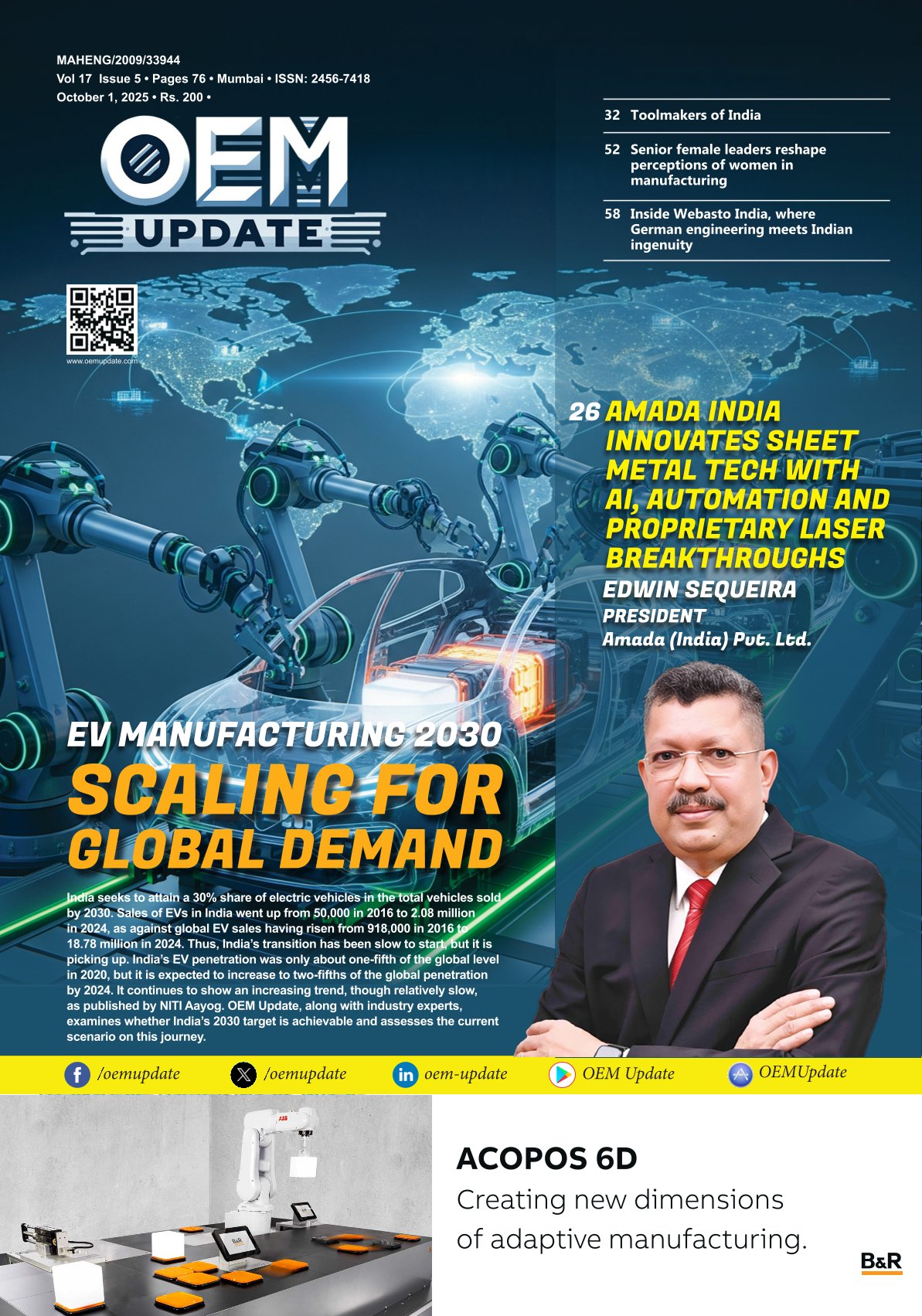Alternate fuels, raw material usage to curb carbon emissions in cement industry
By admin March 11, 2014 5:04 am IST
Substantial volumes of fossil fuels can be saved and associated carbon emissions mitigated by co-processing alternative fuels in cement industry
Though the cement industry in India is taking efforts to improve energy efficiency, the use of alternate fuels and raw materials (AFR) still remains a major area of concern. The industry stands to gain through energy efficiency by utilising alternate fuels and raw materials that reduce carbon emissions, according to a new report published by Institute of Industrial Productivity, India together with Cement Manufacturers’ Association in partnership with Holtec Consulting Pvt. Ltd.
The report is an action plan for enhancing the use of alternate fuels and raw materials in the Indian cement industry. The report has listed hazardous waste, refuse derived fuel (RDF) from municipal solid waste (MSW), used tyres, biomass and plastic waste as alternate fuels; while it has listed flyash and steel slag as alternate raw materials.
The report said, “Substantial volumes of fossil fuels can be saved and associated carbon emissions mitigated by co-processing alternative fuels in cement industry.” At present, the TSR (Thermal Substitution Rate) by alternative fuels of the Indian cement industry is close to 1 per cent as compared to 25 per cent in USA, 34 per cent in Europe; while the global average is around 8 per cent. In 2012, World Business Council for Sustainable Development (WBCSD) and International Energy Association came out with technology roadmap for cement industry in India wherein they have projected 5 per cent TSR by 2020, 19 per cent TSR by 2030 and 25 per cent TSR by 2050.
“The key factor that drives sustainability of any industry is technology and cement industry is no exception. The industry has to scout for newer technologies to ensure that energy efficiency improves and carbon emissions are reduced in future as production and consumption grows keeping pace with global economic recovery,” said Alok Sanghi, Director, Sanghi Industries Ltd.
Mr Sanghi added that environment conservation is the only feasible option available to cement companies for ensuring higher profitability and survival in the long-run as the industry is highly dependent on natural resources like limestone, lignite, coal and gypsum. “Through usage of alternate fuels and raw materials, the industry would find a synergy between waste management and coal shortage,” he said.
Though the cement industry in India is taking efforts to improve energy efficiency, the use of alternate fuels and raw materials (AFR) still remains a major area of concern. The industry stands to gain through energy efficiency by utilising alternate fuels and raw materials that reduce carbon emissions, according to a new report published by Institute of Industrial Productivity, India together with Cement Manufacturers’ Association in partnership with Holtec Consulting Pvt. Ltd.
The report is an action plan for enhancing the use of alternate fuels and raw materials in the Indian cement industry. The report has listed hazardous waste, refuse derived fuel (RDF) from municipal solid waste (MSW), used tyres, biomass and plastic waste as alternate fuels; while it has listed flyash and steel slag as alternate raw materials.
The report said, “Substantial volumes of fossil fuels can be saved and associated carbon emissions mitigated by co-processing alternative fuels in cement industry.” At present, the TSR (Thermal Substitution Rate) by alternative fuels of the Indian cement industry is close to 1 per cent as compared to 25 per cent in USA, 34 per cent in Europe; while the global average is around 8 per cent. In 2012, World Business Council for Sustainable Development (WBCSD) and International Energy Association came out with technology roadmap for cement industry in India wherein they have projected 5 per cent TSR by 2020, 19 per cent TSR by 2030 and 25 per cent TSR by 2050.
“The key factor that drives sustainability of any industry is technology and cement industry is no exception. The industry has to scout for newer technologies to ensure that energy efficiency improves and carbon emissions are reduced in future as production and consumption grows keeping pace with global economic recovery,” said Alok Sanghi, Director, Sanghi Industries Ltd.
Mr Sanghi added that environment conservation is the only feasible option available to cement companies for ensuring higher profitability and survival in the long-run as the industry is highly dependent on natural resources like limestone, lignite, coal and gypsum. “Through usage of alternate fuels and raw materials, the industry would find a synergy between waste management and coal shortage,” he said.
“Co-processing of alternate fuels and raw materials in the cement industry, therefore, presents a win-win situation for a country like India,” the report states.
Cookie Consent
We use cookies to personalize your experience. By continuing to visit this website you agree to our Terms & Conditions, Privacy Policy and Cookie Policy.
















